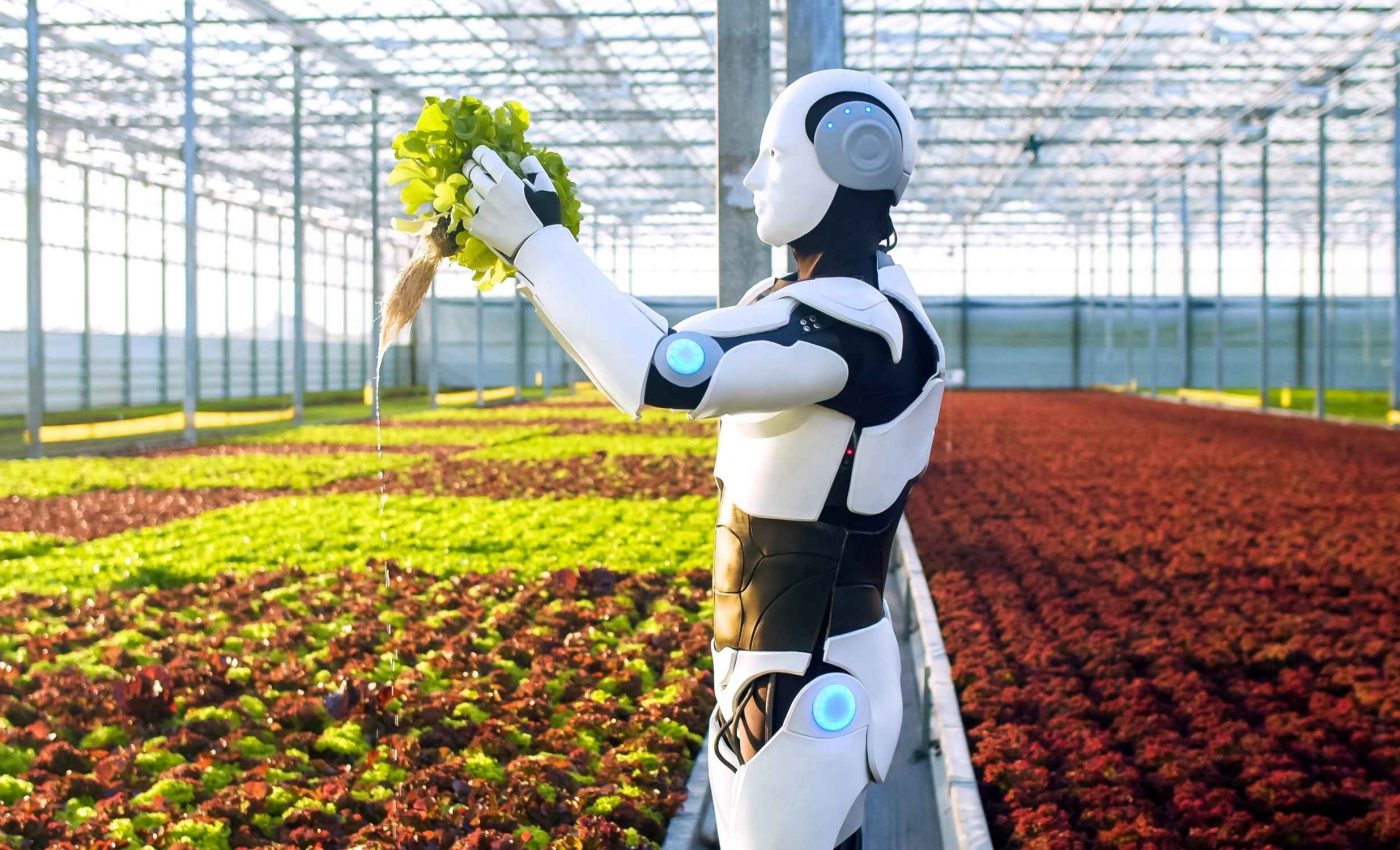
AI deciphers plant DNA - a breakthrough that will transform agriculture
Plant DNA has become a frontier for artificial intelligence, with large language models turning genetic sequences into interpretable content for researchers. These tools treat bases like words, revealing hidden patterns that once eluded traditional methods.
A study published by Dr. Meiling Zou from Hainan University describes how language-based models interpret extensive plant genomes with remarkable precision.
The team analyzed annotated data to show that these approaches can uncover functions and regulatory elements.
Deciphering plant DNA like a language
“By leveraging the structural parallels between genomic sequences and natural language, these AI-driven models can decode complex genetic information, offering unprecedented insights into plant biology,” stated Dr. Zou.
Experts see parallels between DNA and written language that guide better interpretation of complex sequences.
Studies of crops and their wild relatives illustrate that these models handle massive datasets faster than old-style algorithms.
They also need fewer manual labels, allowing scientists to study non-model plants with fewer resources.
Plant DNA is hard to read
Plants often carry repeated segments and large amounts of non-coding DNA. This complexity means tools must handle billions of bases without ignoring long-distance interactions that can influence traits.
Older methods relied on narrow slices of data, which could miss important signals. Language-based models link far-flung areas of the genome, revealing how certain genes combine to shape adaptation and growth.
Researchers now look at tropical species that thrive in hot and humid zones. These plants may have genes that bolster stress tolerance, so analyzing their DNA could spark agricultural strategies worldwide.
“This advancement holds promise for accelerating crop improvement, enhancing biodiversity conservation, and bolstering food security in the face of global challenges,” said Dr. Zou.
Researchers now see potential in harnessing those genes for better yields.
AI and real-world plant breeding
Several large language models first gained traction in human and animal genetics, but the door is now open for plant-based adaptations. By pre-training on broad genomic datasets, these systems are flexible enough to manage crop-specific tasks.
They can predict promoter strength and identify regulatory elements tied to critical traits. Scientists believe such approaches will cut costs and time when breeding cultivars for disease resistance.

Plant genomics is often paired with proteomics, transcriptomics, and other data streams. Language models integrate these diverse inputs, spotting relationships that older methods might overlook.
Improving gene annotations and cleaning up reference assemblies will keep boosting predictive accuracy. Shared protocols help unify datasets, laying a foundation for multi-omics analysis at scale.
Expanding access through open databases
The growing availability of open-access plant genome databases is helping researchers train models on a wider range of species.
Resources like Phytozome, Gramene, and TAIR include genomic data from hundreds of plants, including algae, rice, cotton, and Arabidopsis.
These platforms offer a mix of sequence data and phenotype records, giving language models more context to work with. Combined with transfer learning, this allows models to adapt quickly, even when labeled examples are scarce.
Non-model plants, like cassava or passion fruit, often lack extensive labeled genomic data. However, large language models trained on related species can still provide accurate predictions through transfer learning.
By adapting to genomic patterns shared across families, these models help uncover traits tied to drought tolerance, flowering time, or pest resistance. This makes them a strong fit for understudied crops important to tropical agriculture.
Longer sequences in focus
The short context limits of many architectures can hinder detection of distant regulatory elements in plant DNA. Since crucial markers might lie tens of thousands of bases apart, new solutions are emerging.
Some frameworks extend input lengths while preserving single-base resolution. That balance is key for catching hidden interactions that shape plant traits over vast genomic regions.
Complexities remain, but each step refines our ability to map genetic functions. By embracing open-source plant databases and multi-omics data, developers can train better models on underrepresented species.
Many scientists now push for more transparent benchmarks and shared test sets. They also encourage more cross-talk between AI experts and botanists to speed improvements.
Plant DNA data could feed the world
Applications go beyond breeding. Conservationists see value in predicting gene flow or identifying critical variations that keep rare species viable.
Such insights guide protective measures and might even uncover new resources in plants once dismissed as minor. Insights from language models help reveal structural secrets that shape unique adaptations.
Researchers anticipate using these models in real-world trials, from disease monitoring to efficient gene-editing. With minimal labeled data, labs can quickly adapt pre-trained models to different crops.
These feats hint at a future where AI tools clarify the hidden instructions within plant genomes. That clarity might address emerging demands for global sustainability, resource security, and agricultural productivity.
The study is published in Tropical Plants.
—–
Like what you read? Subscribe to our newsletter for engaging articles, exclusive content, and the latest updates.
Check us out on EarthSnap, a free app brought to you by Eric Ralls and Earth.com.
—–













